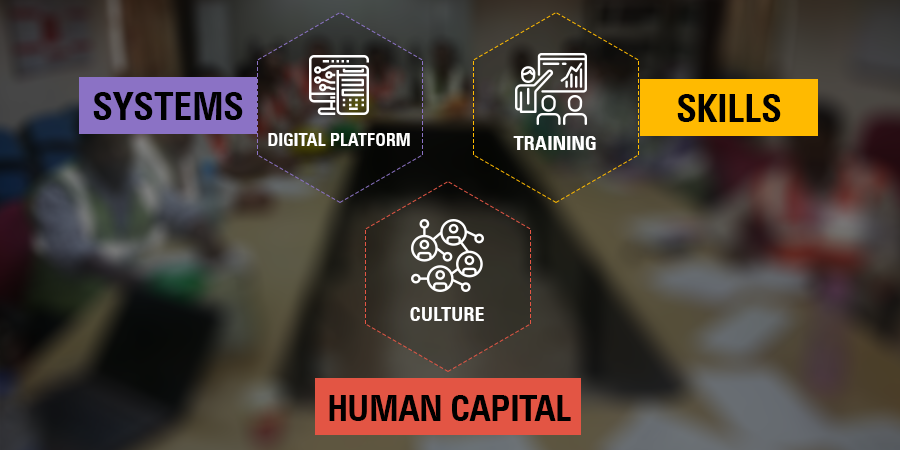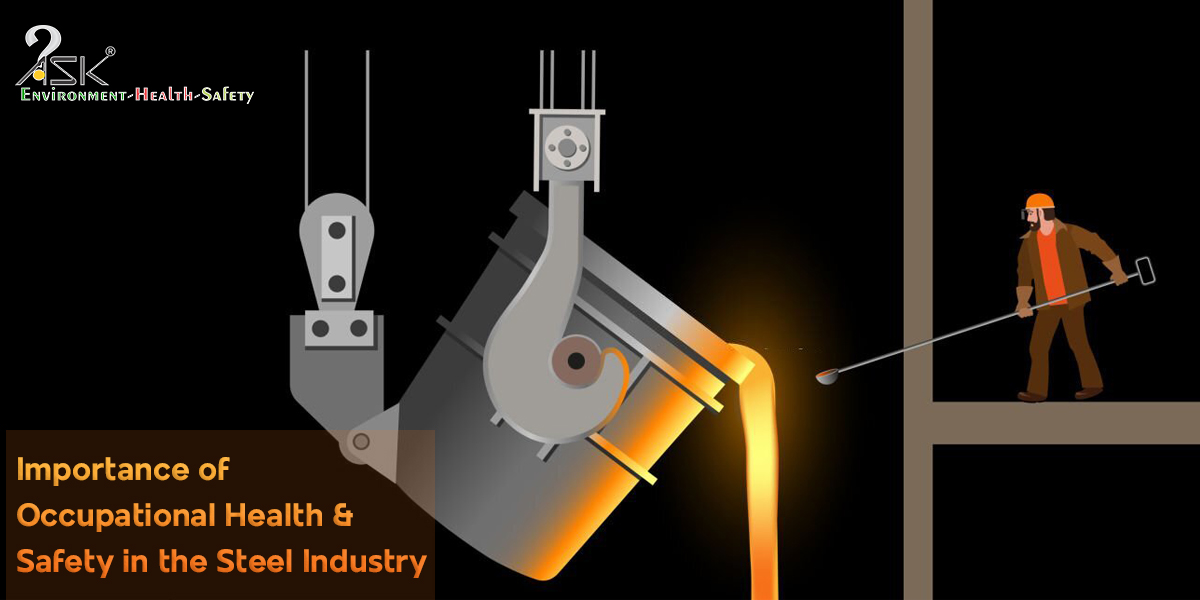Sustainability in Occupational Health and Safety

Even in common life scenario, health and safety occupy an important place for leading a happy, active and progressive lifestyle. Take the case of a very wealthy and affluent person who has all the riches, comforts and amenities at their disposal but are unhealthy, crippled and unwell. The life then becomes a curse and in many cases, given an option, the person may like to depart from this world as they feel convinced that life is not worth living.
Such is the importance of health in life.
Safety against risks is another area needing top priority. Mistakes or negligence cost heavily in terms of tolls, sufferings, pains, disabilities and it is pragmatic to remain safe and unhurt. Even though civilization is advancing at rapid pace with introduction of science and technology in every walk of life, be it private, domestic, industries, roads, rails, navigation and almost all thinkable areas, invariably it demands a responsible and logical approach in all interactions – private, public, occupations, industries, fields, traffic, games, etc. We cannot afford to take leave from safety.
Industrial Scenarios
Economy is intimately linked with industries. Industries propel the economy to move ahead. Technology, and now the high version of technology, is invariably introduced at almost every step of any industrial activity. With the increased complexities of the production processes and use of large number and varieties of harmful materials, substances, additives and various forms of energies, the task of protecting the people and property is getting formidable and challenging. The scenarios in developing and underdeveloped countries are quite worse as compared to the industrially advanced nations because the former is adopting the technology, means of transport, industrial processes, and various forms of energies/agencies almost blindly and with least preparation and adoption of matching protective measures. Such mismatch is resulting in large number of accidents and mishaps causing untold and unbearable miseries, sufferings and losses – almost unsustainable and disabling.
The losses are to be prevented with adoption of an enlightened form of preventive system.
Adopting an enlightened form of OHS discipline
Since OHS concerns to people, who are our best and most important asset, it must be performed according to the highest professional standards and ethical principles. OHS may be defined as the science of the anticipation, recognition, evaluation and control of hazards arising in or from the workplace that could impair the health and well-being of workers, taking into account the possible impact on surrounding communities and general environment. This domain is necessarily vast, encompassing a large number of disciplines and numerous workplaces and environmental hazards. Multi-disciplinary and inter-sectoral approach is needed. A wide range of structures, skills, knowledge and analytical capacities are needed to coordinate and implement all the ‘building blocks’ that make up a composite OHS system for the organization, so that protection is extended to workers, surrounding people and the environment.
In the wake of social, political, technological and economic changes, there has been evolution of scope of OHS. World’s economy has been globalized which has created a force of change in the world of work as well. Other aspects, such as, liberalization of world trade, rapid technological progress, significant development in transport and communication, shifting patterns of employment, changes in the work organization practices, the different employment patterns of men and women, and the size, structure and life cycles of enterprises and of new technologies can all generate new types and patterns of hazards, exposures and risks. Demographic changes and population movements, and the consequent pressures on the global environment can also affect safety and health in the world of work.
Labour welfare statutes have been enacted which guarantee the protection of workers against sickness, disease and injury related to working environment. OHS is a key element in achieving sustained decent working conditions and strong preventive safety culture.
Systems management approach to OHS needs to apply.
On the economic front as well, safety is of paramount importance, as only safe performance at all times, can ensure optimum ROI (Return on investment) of people’s assets and resources including sustainability.



Thanks to technology nowadays we can teach our workers to their safety efficiently.